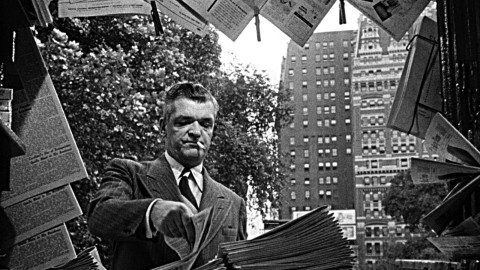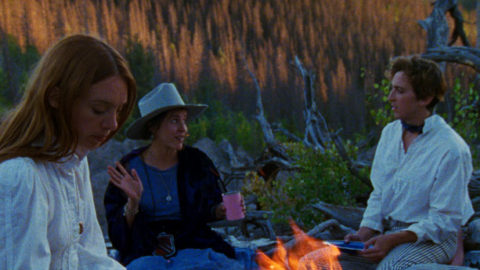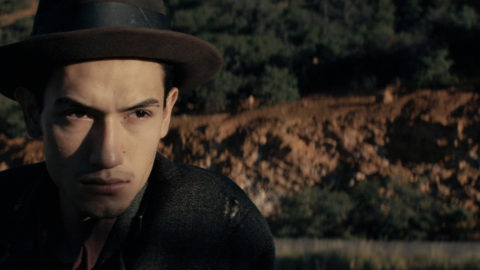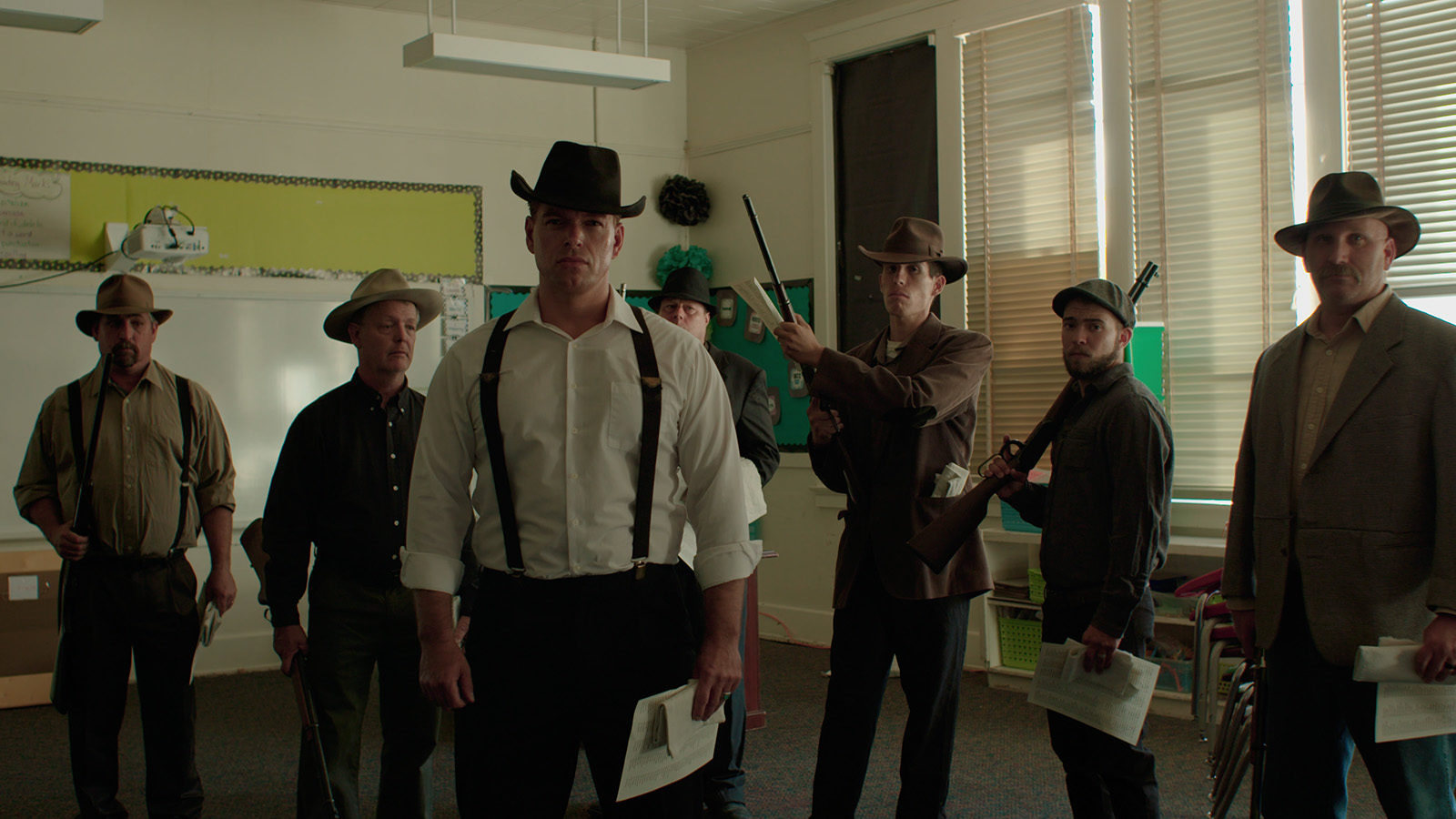
Review: Bisbee ’17
To get to Bisbee, Arizona, an old copper mining town a mile high in the Mule Mountains, you turn off the I-10 in Benson, probably passing a Border Patrol checkpoint meeting the northbound traffic at the turnoff to Nogales, and then Tombstone, which you can’t miss for the billboards of men with guns pointed right at you, like Justus D. Barnes in The Great Train Robbery. In Old Bisbee, the redbrick former banks and municipal buildings creeping up the hillsides are today occupied by antique stores, real estate offices, and microbreweries for tourists and retirees. The rest of the town, one of the poorest in Arizona, lies on the far side of the inoperative Copper Queen Mine pit—once its livelihood, now a massive, bloodred gouge that suggests an open wound.
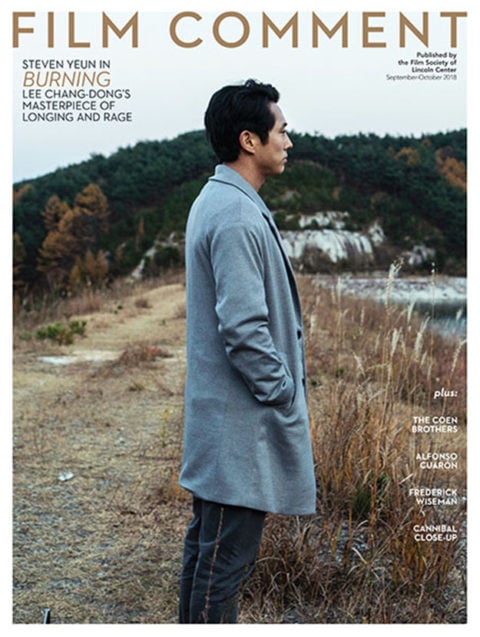
In this land of ready-made metaphors, the most potent is the one in the opening title card of Robert Greene’s Bisbee ’17: the Bisbee Deportation, in July 1917, in which a sheriff’s posse, abetted by the Phelps Dodge mining corporation and under a fig leaf of justification provided by wartime patriotism, rounded up more than 1,000 striking mine workers associated with the IWW, the vast majority of them of Mexican or Eastern European origins, and rode them out of town in boxcars—frontier-style vigilante justice on a mass scale, with contemporary parallels not so much suggesting themselves as banging on the glass demanding to be let in. The film forces a community largely descended from American history’s winners to reckon with the stories their ancestors wrote—and erased.
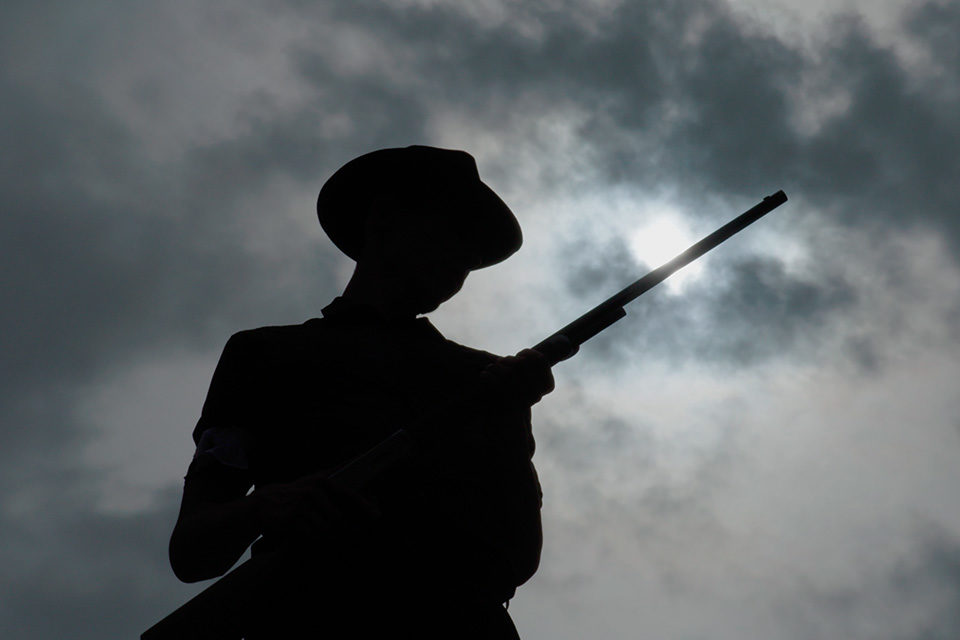
As in The Act of Killing or Greene’s own Kate Plays Christine (2016), the process of performance spurs a confrontation with history and historiography, for both the participants and the audience. Greene and his crew helped plan and shoot a full-dress cast-of-hundreds reenactment on the Deportation centennial; before the day itself, interviews and staged fictional scenes trace the lead-up, as well as the individual arcs of law-and-order company men, hippie artists, and all the townsfolk in between. It’s satisfying to watch in real time as the young Mexican-American Fernando Serrano deepens his political awareness through his reenactment role as a miner who must decide whether or not to rock the boat, though I wish Greene had left out the moment in which an off-camera Anglo voice helps him pronounce “solidarity.” Greene’s direct-to-camera fictional interludes starring Serrano and others can feel overly posed and portentous, but the community-theater flourishes, like an unexpected Guffman-esque musical interlude and a hammy performance from a prison-guard-turned-B-movie-actor, play as more organic and revealing than the nonexistent film production exercise contrived for Kate Plays Christine. Bisbee ’17 speaks to the stakes of local history and amateur genealogy for places and people that are twinkling out of living memory. The climactic restaging of the train deportation is clearly affecting, and even disturbing, for some townsfolk—though it’s just as clearly a fun, nostalgic day out for other reenactors, a change of pace from the Western mythmaking down the highway at the O.K. Corral tourist trap (gunfights four times daily).
In 2011’s Fake It So Real, Greene gave just enough rope to the semi-pro Southern wrestlers he profiled (literally: one brandishes a noose during a match), and here he lays bare white America’s sycophantic relationship to the power consolidated in capital. Yet what sticks in the craw is less the anti-labor and anti-immigrant sentiment (remarkably intact over a century later) as articulated by a minority of probable #MAGA true-believers, than the majority who can see “both sides” and believe that everyone “had to [do] what their conscience told them” (as one swing-voter type puts it). If it apparently took Greene’s elaborate, personalized intervention for these good-hearted people to rethink the visceral ugliness of the Deportation, let alone its motivations, you wonder if they could otherwise find the right side of history with 100 years’ hindsight and a miner’s headlamp.
Mark Asch is the author of Close-Ups: New York Movies, out November 15 from Harper Collins UK.




